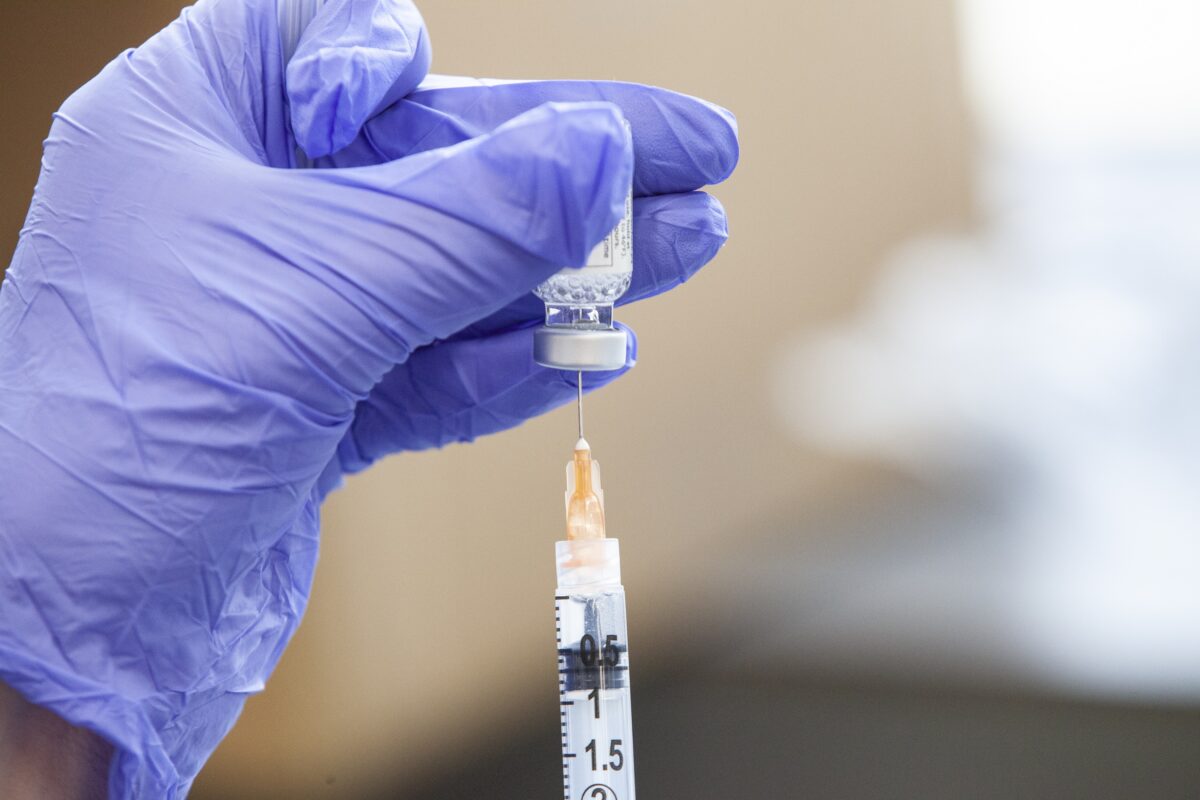
“You Were Right, Vaccines Are Killing Millions of Our Loved Ones”, Kazuhiro Haraguchi, Former Minister of Internal Affairs (emphasis added)
Continue reading It’s a “Killer” Vaccine Worldwide
“You Were Right, Vaccines Are Killing Millions of Our Loved Ones”, Kazuhiro Haraguchi, Former Minister of Internal Affairs (emphasis added)
Continue reading It’s a “Killer” Vaccine Worldwide
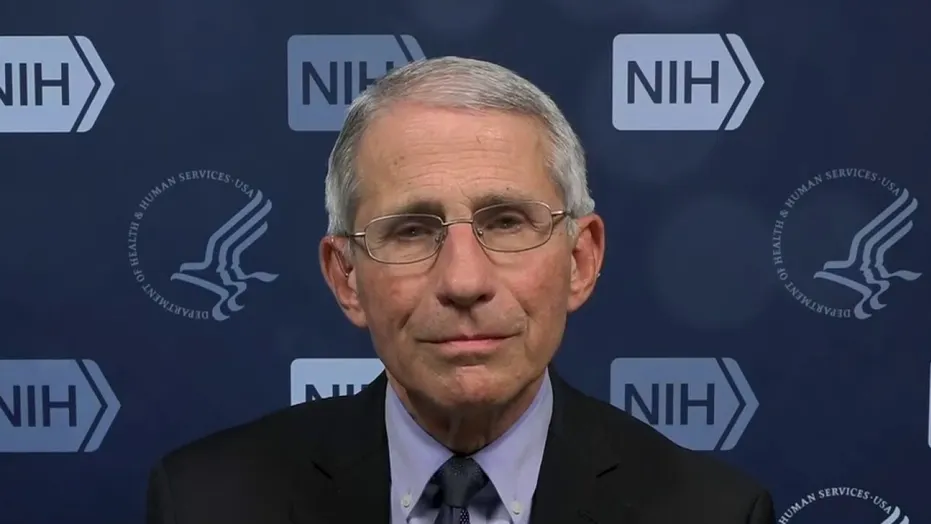
Dr. Anthony Fauci – who offshored banned gain-of-function research to make bat coronaviruses more transmissible to humans – has been accused by Congressional investigators of having ‘prompted’ the fabrication of a paper by a cadre of scientists aimed at disproving the Covid-19 lab-leak theory.
Continue reading Fauci ‘Prompted’ Scientists To Fabricate ‘Proximal Origins’ Paper Ruling Out Lab-Leak
An interesting story was reported on Feb.26, 2023 by News 8 WTNH, New Haven, CT. They took the story down about 24 hours later but it is still available on EIN Presswire (click here).
Continue reading Cardiac Testing at Washington Public Event Found 53% Myocarditis Rate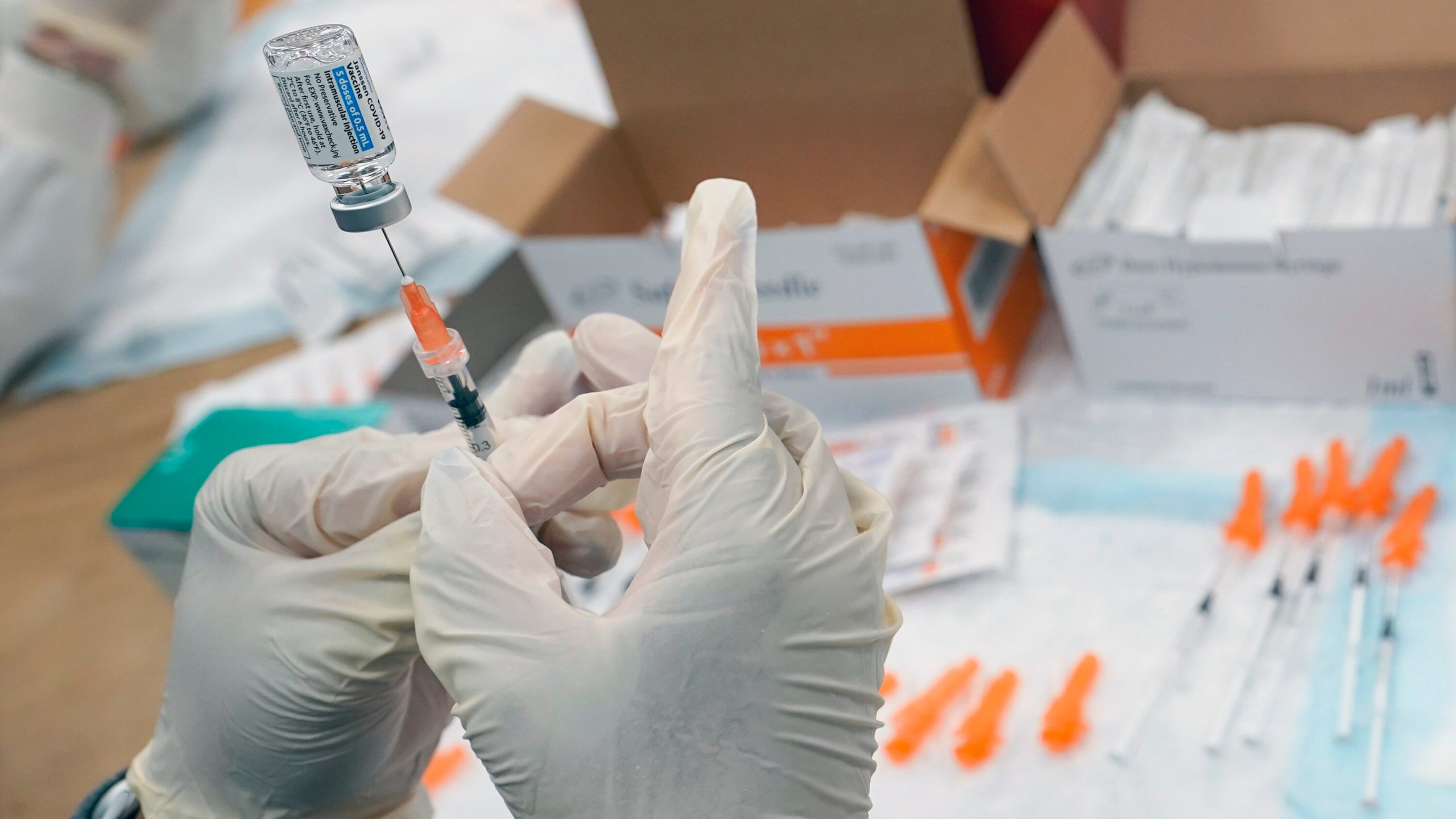
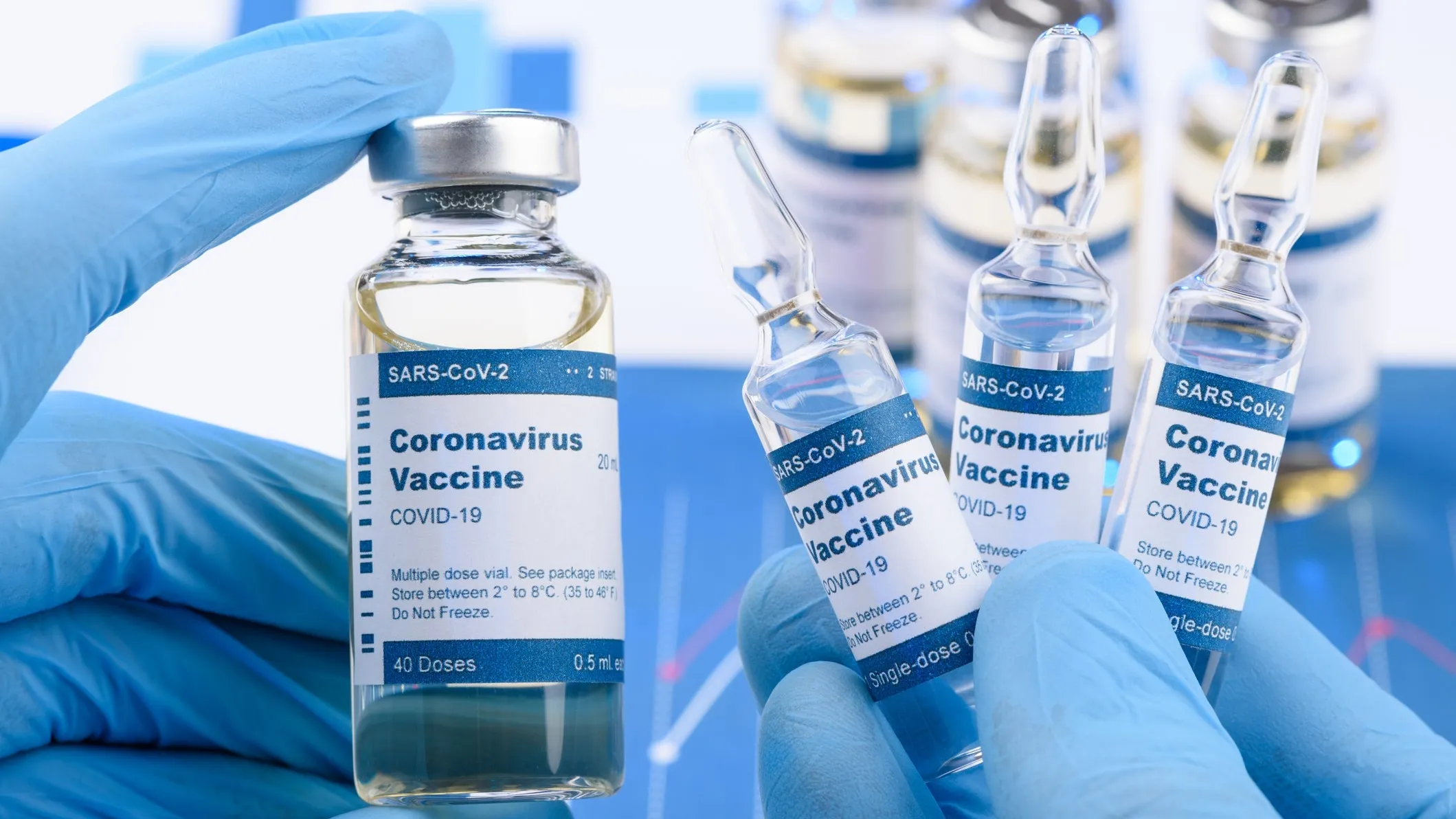

But this notion recently received some unexpected support from a mainstream media source: Politico, the online news service that was started in D.C. in the naughts, launched a Brussels-based European edition in partnership with the German media giant Springer in 2015, and was fully acquired by the German firm last year.
Continue reading Gates or Germany? Who ‘Owns’ the WHO’s COVID-19 Response?
Independent investigations have revealed that some lots of COVID-19 shots are associated with very severe side effects and death, whereas other lots have very few or no adverse events associated with their use.
Continue reading Data Leak Reveals Disturbing Facts About mRNA Instability
Three Italian surgeons conducted a study analyzing blood from 1,006 people who developed symptoms after they got a Pfizer/BioNTech or Moderna mRNA injection and found 94 percent of them to have “aggregation of erythrocytes and the presence of particles of various shapes and sizes of unclear origin,” one month after inoculation.
Continue reading ‘Metal-Like Objects’ Found in 94 Percent of Group Who Had Symptoms After Taking mRNA Vaccines: Study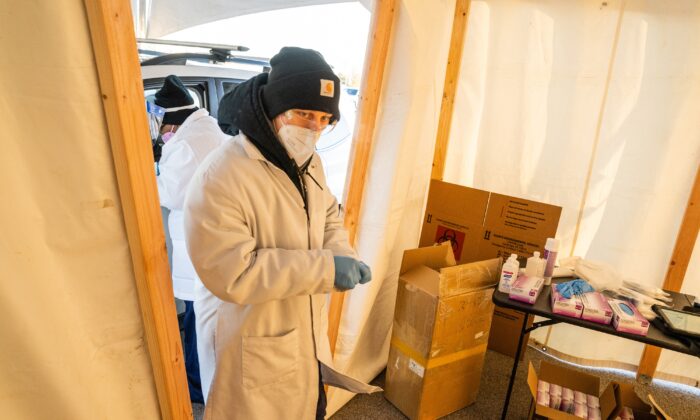
In Kentucky in June, for example, 67 percent of the deaths were among the vaccinated, according to data obtained by The Epoch Times.
That same month, the vaccinated made up 65 percent of COVID-19 cases, 64 percent of COVID-19 hospitalizations, and 66 percent of COVID-19 deaths in Wisconsin.
The numbers are a drastic change from 2021.
After the mass vaccination campaign in the United States gained momentum, virtually every state reported unvaccinated people making up the vast majority of COVID-19 cases, hospitalizations, and deaths.
The numbers began tilting while the Delta virus variant was dominant. They have tilted even more since the Omicron variant displaced Delta, according to the newly collated numbers.
The Epoch Times compiled the data from state health department websites and databases. Some were obtained through records requests and have never before been made public.
The statistics underline how vaccines have increasingly performed worse as newer virus variants emerged, according to some experts.
They are “clear evidence that the vaccines are not working to prevent disease and death,” Dr. Robert Malone, who helped invent the messenger RNA utilized in the two most widely-administered vaccines, told The Epoch Times.
Others argue the raw numbers don’t contribute to analyzing vaccine effectiveness because they must first be adjusted to account for factors such as age.
“Unless one is able to correct for age and health status, this number is misleading, and does not lead to the conclusion vaccines are ineffective,” Dr. Roger Klein, a policy adviser to The Heartland Institute and a former adviser to the U.S. Centers for Disease Control and Prevention (CDC) and other U.S. health agencies, told The Epoch Times via email.
Some states provide age-adjusted numbers, as recommended by the CDC.
Most states report at least one metric (cases, hospitalizations, deaths) by vaccination status. Some group the partially vaccinated with the unvaccinated when breaking down metrics.
As vaccines have proven increasingly unable to prevent COVID-19 infection in the Omicron era, a growing number of states have followed the CDC in separating those who have received a booster from the fully vaccinated.
Key terms as generally defined:
The term fully vaccinated will be used in this article to refer to anybody who has received a primary series, regardless of whether they’ve received a booster. Not fully vaccinated refers to anybody who has not received a primary series. The term vaccinated, meanwhile, will refer to anyone who has received at least one dose of a vaccine.
In 14 states, the percentage of one or more so-called breakthrough metrics—post-vaccination cases, hospitalizations, and/or deaths—in recent months exceeded the percentage of the population that was vaccinated or fully vaccinated.
In most cases, that was a single metric. But in several, it was multiple, and in one, it was all three.
All data are from 2022. Only percentages were available for some states. Data for June were preferred, followed by data for July. Metrics are only listed if they exceed the percentage of vaccinated.
*vaccinated
+fully vaccinated
-unclear
**excludes partially vaccinated

Some states adjust the data before releasing it, which is meant to eliminate differences that result from one population being different from another. The most common adjustment is for age.
Age adjustment is used to compare populations directly “when the age distribution of who most commonly gets the disease, or seriously sick from the disease, is skewed,” according to the Wisconsin Department of Health Services. For COVID-19, older populations are more likely to experience severe illness and death, and are also more likely to be vaccinated, experts say.
While the raw numbers look bad for the vaccinated, after adjusting for age, the rates of COVID-19 hospitalizations and deaths in Wisconsin are higher for the unvaccinated throughout 2022 (cases have been higher in the vaccinated in recent months). That’s similar to most of the other states that report data as rates, some of which also provide raw numbers.
Wisconsin’s raw numbers were obtained through a records request.
Clinical trials and vaccine efficacy studies are the basis for determining vaccine effectiveness, Dr. Ryan Westergaard, chief medical officer for the state’s Bureau of Communicable Diseases, said during a briefing, adding that the research shows that protection against severe disease and death remains high.
Studies can help control for biases such as vaccinated people being more likely to get tested at sites, which report data to the state, versus at home, which is not counted, Dr. Leisha Nolen, Utah’s state epidemiologist, told The Epoch Times.
The studies show “the vaccines aren’t doing as well at keeping us from getting infected, but they are still keeping people out of the hospital,” Nolen told The Epoch Times.
Nolen singled out a study from researchers with the CDC and partner institutions, published in the agency’s journal on July 22 (pdf).
Researchers reported data from a CDC-funded network of hospitals across 10 states from December 2021 to June 2022. The data showed that two doses of a vaccine, or a primary series, provided 57 to 68 percent protection against hospitalization through 149 days after vaccination, but dropped to as low as 24 percent 150 or more days after vaccination.
A third dose increased protection to 92 percent against BA.1, one of the subvariants, and 69 percent against BA.2, another subvariant. That protection dropped to 85 percent and 52 percent, respectively, after 120 or more days.
BA.5 is currently the dominant strain in the United States. Emerging data indicate the vaccines do not provide as much shielding against BA.4 and BA.5 as earlier strains.

In 11 other states, the vaccinated made up a majority of at least one metric, but the proportion of vaccinated did not exceed the percentage of vaccinated.
All data are from 2022. Percentages reported near or above 50 percent. Preference was for data in June, followed by data in July. Metrics with unvaccinated comprising a majority are not listed.
*vaccinated
+fully vaccinated
-unclear
**excludes partially vaccinated

Vaccine-provided protection began waning against infection and, to a lesser extent, against severe illness in 2021, when the Delta variant was dominant. Since Omicron emerged in December 2021, that trend has quickened.
Omicron and its subvariants, described as more immune-evasive, are better at evading the protection from vaccines and prior infection. The vaccines have bestowed lower levels of initial protection, and the protection drops faster than before, research indicates. Known as natural immunity, the shielding from previous infection has held up better against Omicron, and was superior against Delta, according to studies.
Research on booster effectiveness has largely shown an initial increase in protection, followed by a quick decline. Other research, meanwhile, has indicated that vaccinated people are, at a certain point, more likely than unvaccinated people to get infected, which could relate to a phenomenon called immune imprinting.
Owing to the waning effectiveness, U.S. regulators have already cleared first and second boosters—as have many other countries—and are poised to authorize updated vaccines that target Omicron, describing the current formulation as not “well-matched” to the dominant variant.
“It’s really not possible to predict what this virus is going to do, and I think it makes sense to be prepared with these boosters, which contain components of a BA.4 and BA.5 as well as the so-called archival Wuhan strain,” Dr. Cody Meissner, one of the U.S. Food and Drug Administration’s external vaccine advisers, told The Epoch Times.
Some experts like Meissner say most people, including all adults, should still get vaccinated. Others note healthy individuals are at little risk from COVID-19, especially new variants, and say that the more recent data suggest little benefit for many.
That includes data from other parts of the world, including the United Kingdom, that have recorded the vaccinated as comprising the bulk of COVID-19 metrics.
“What we’re looking at now is a sign of progress of a number of factors, primarily [that] the vaccinated can still catch and spread the COVID-19 virus,” Dr. Steven Hatfill, a virologist, told The Epoch Times.
“The cost-benefit ratio now especially for the younger age groups has disappeared,” he added later.
Continue reading » https://www.theepochtimes.com/exclusive-vaccinated-making-up-higher-proportion-of-covid-19-metrics-in-us_4680687.html